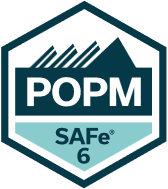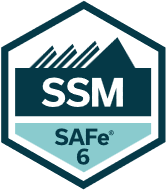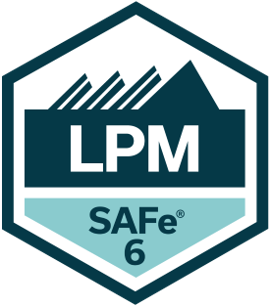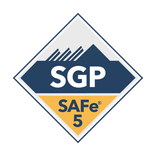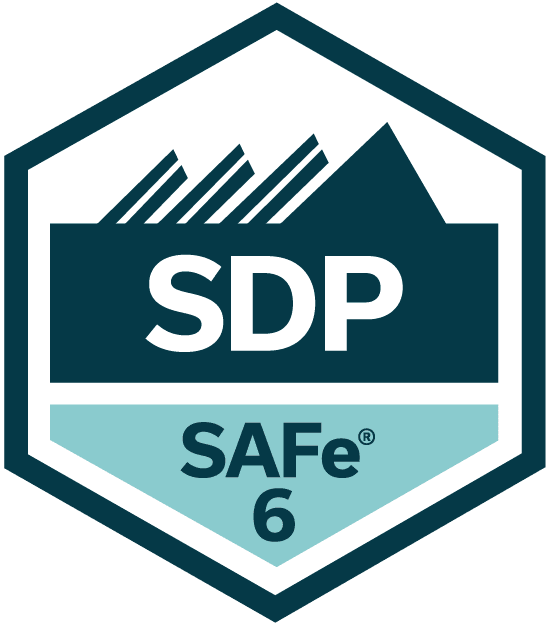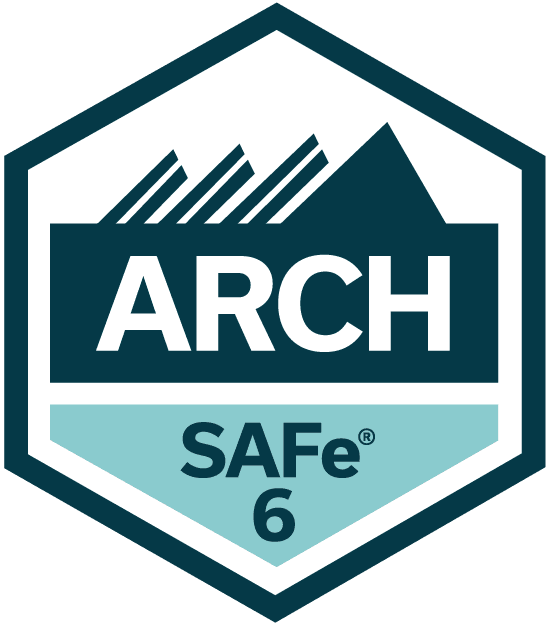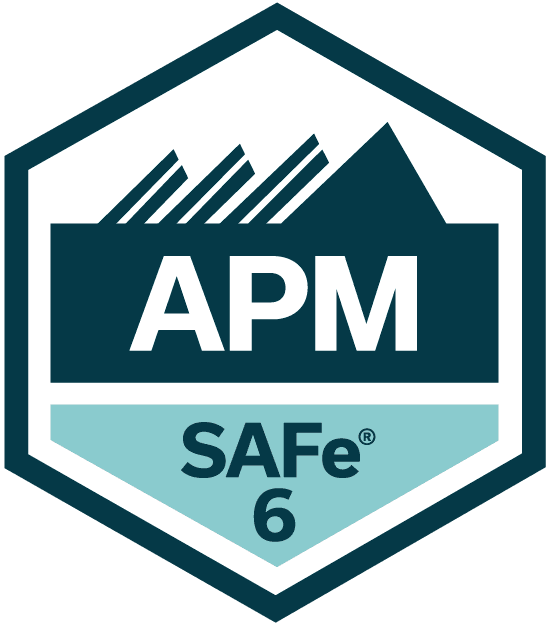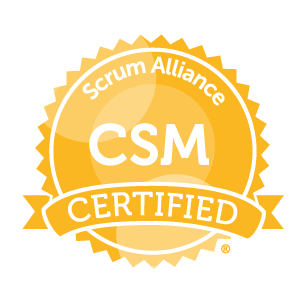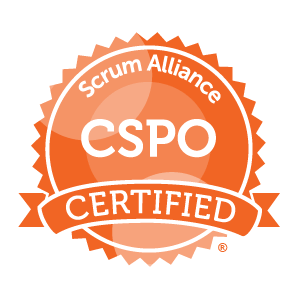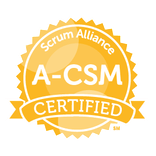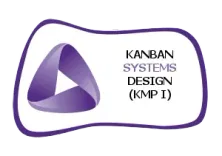
Benefits of Scaled Agile Framework (SAFe®)
The Scaled Agile Framework® (SAFe®) is a set of organizational and workflow patterns for implementing agile practices at an enterprise scale. It directs structured guidance on roles, responsibilities, work planning, and core values. It is effective, proven, scalable, and configurable. SAFe works, no matter what your organization’s size, industry, or complexity.
More than 20,000 organizations worldwide across a range of industries use SAFe. And more than one million people around the globe have been trained in SAFe.
Advantages of Scaled Agile Framework
- Improved time-to-market – Scaling agile with SAFe results in improved time-to-market, as it aligns cross-functional teams and facilitates faster decision-making, efficient communication, streamlined operations, and customer-centric focus. SAFe’s emphasis on breaking down tasks into smaller batches accelerates delivery, increases throughput, and enhances customer satisfaction and team commitment, enabling organizations to rapidly deliver value.
- Built-in-Quality – SAFe emphasizes the importance of built-in quality throughout the development cycle, shifting the responsibility for quality to everyone involved and by incorporating quality practices at all levels and stages. SAFe mandates that teams at all levels define what “done” means for each project and incorporate quality improvement practices into their operational arrangements. Quality is integrated at every stage and level within SAFe, covering areas like development tests, QA tests (including scale, security, and UAT), environment tests, and product configuration.
- Productivity and Efficiency – SAFe enhances productivity through empowering high-performing teams and aligning them with the product, promoting transparency and a clear understanding of deliverables. This collaborative approach ensures work allocation balance and transparency to stakeholders, ultimately leading to increased productivity and efficiency.
- Team-Centric Environment – Scaling agile with the Scaled Agile Framework (SAFe) leads to better employee engagement by fostering autonomy, mastery, and purpose among knowledge workers, reducing burnout, and increasing overall employee satisfaction. Additionally, SAFe’s team-centric approach, where teams have a clear vision and are actively involved in shaping it, promotes collaboration, open communication, and a flourishing team environment.
- Enhanced Transparency- SAFe promotes a comprehensive approach to software development by eliminating barriers between departments, fostering open communication, and advocating for agile practices such as rapid issue resolution by breaking down tasks. It promotes trust-building real-time visibility of the backlog and facilitates collaboration by providing clear insight into ongoing work and team velocity, which is visible to Agile Release Trains (ARTs). This increases transparency and teamwork.
- Improved Process Clarity and Roles – SAFe provides teams with clear processes and roles, enabling them to address issues more effectively by enhancing their problem-solving skills and using specific tools. Additionally, the SAFe website offers detailed explanations of concepts and process maps as visual aids to facilitate understanding of these concepts and processes.
- Better Collaboration – SAFe is instrumental in improving the execution of large, mission-critical projects within large organizations by leveraging a blend of lean and agile principles to enhance communication and control among multiple teams. PI Planning, a key component of SAFe, further amplifies collaboration and decision-making, allowing team leaders to prioritize features, manage dependencies, and create program increment plans more effectively.
- Customer-Centric Development – SAFe is based on a research-oriented, user-centric approach that prioritizes in-depth analysis and the creation of customer experience maps before the design phase. This approach provides a deeper understanding of user interactions with the product, enabling users to make informed decisions throughout their product interaction. This strategy in software development not only allows for a better grasp of market trends and rhythms but also keeps teams ahead of industry hype cycles.
- Promotes leadership – SAFe underscores the importance of lean-Agile leadership, emphasizing that leaders are the drivers of systemic change and the creation of an environment conducive to embracing core values and principles. This begins with leaders exhibiting behaviors that inspire and motivate the organization to adopt more effective working methods. They lead by example through engagement, coaching, and empowerment, guiding individuals and teams to reach their full potential through Lean and Agile practices, while also fostering a culture of trust and transparency.
- Enhanced Alignment – SAFe promotes alignment at all levels of the organization, allowing teams to adapt to change and work cohesively. It strengthens collaboration between business and tech teams, streamlining processes and enabling clearer communication with stakeholders. This results in better-defined business value for features and more effective scope decisions during each iteration, facilitated by interactions such as PI planning, demos, and scrum meetings. Information flows efficiently both upward and downward, fostering alignment and collaboration.
- Enhanced Security – SAFe assists businesses in planning security by integrating security practices into the agile development process. It encourages the creation of security-related features, embraces DevSecOps practices for automated security testing, supports compliance and governance integration, emphasizes security training, and promotes regular inspections and adaptations. This approach ensures that security is a fundamental consideration from the outset, reducing vulnerabilities and enhancing overall security for businesses.
- Improved Innovation and Competitiveness – Enhanced innovation and competitiveness are fostered by SAFe, as it promotes a culture of continuous improvement, experimentation, and innovation, enabling organizations to maintain a competitive edge in their markets.


